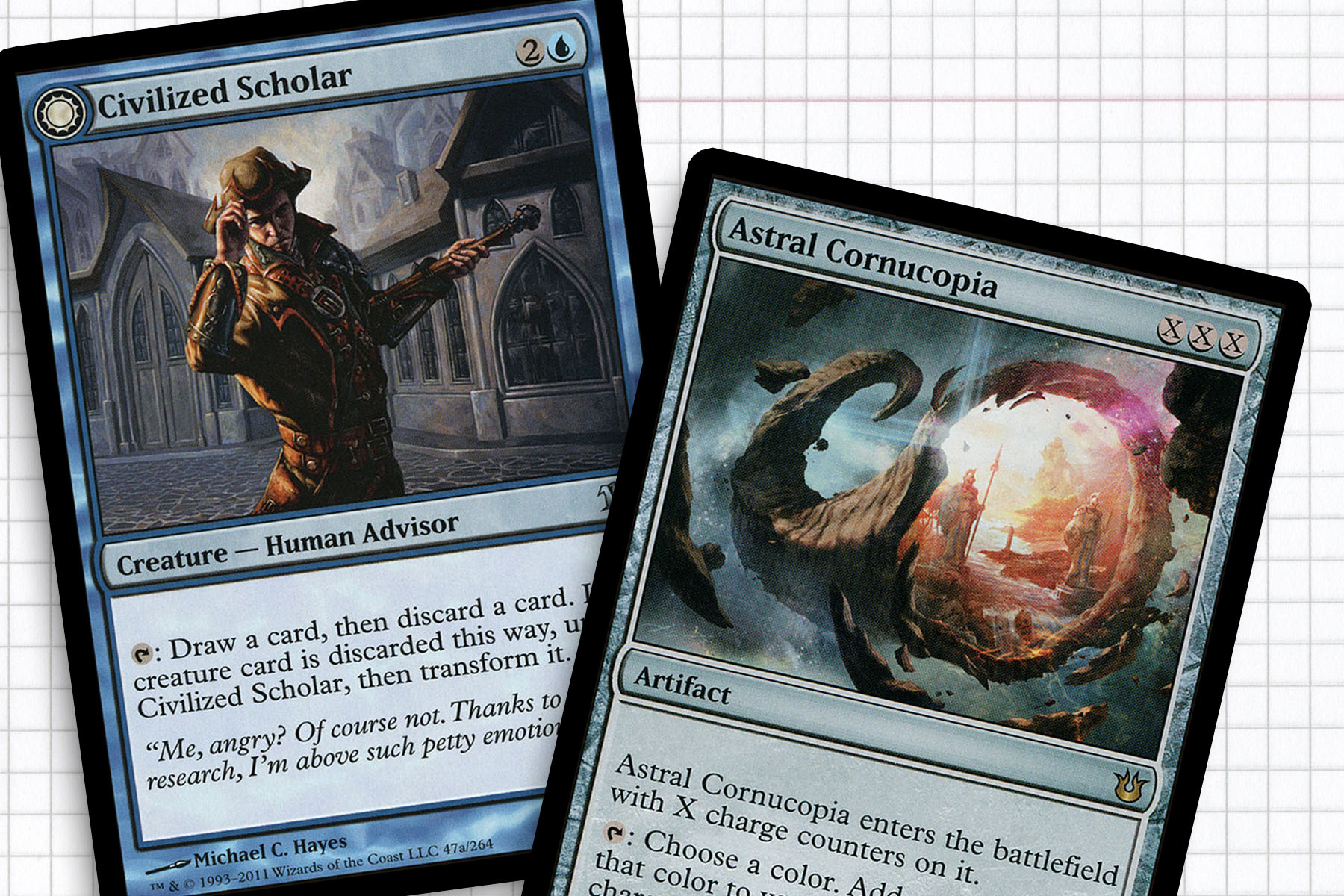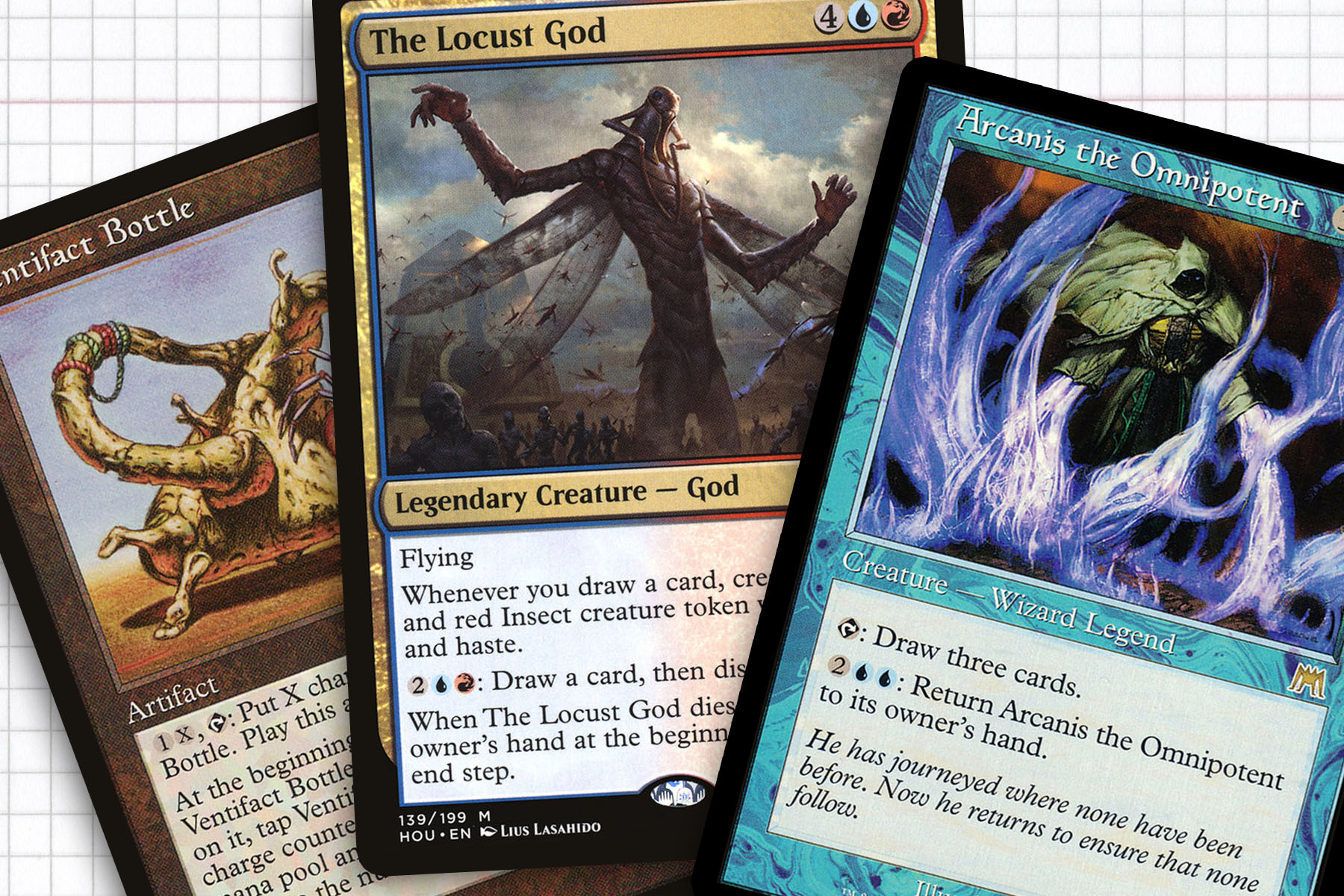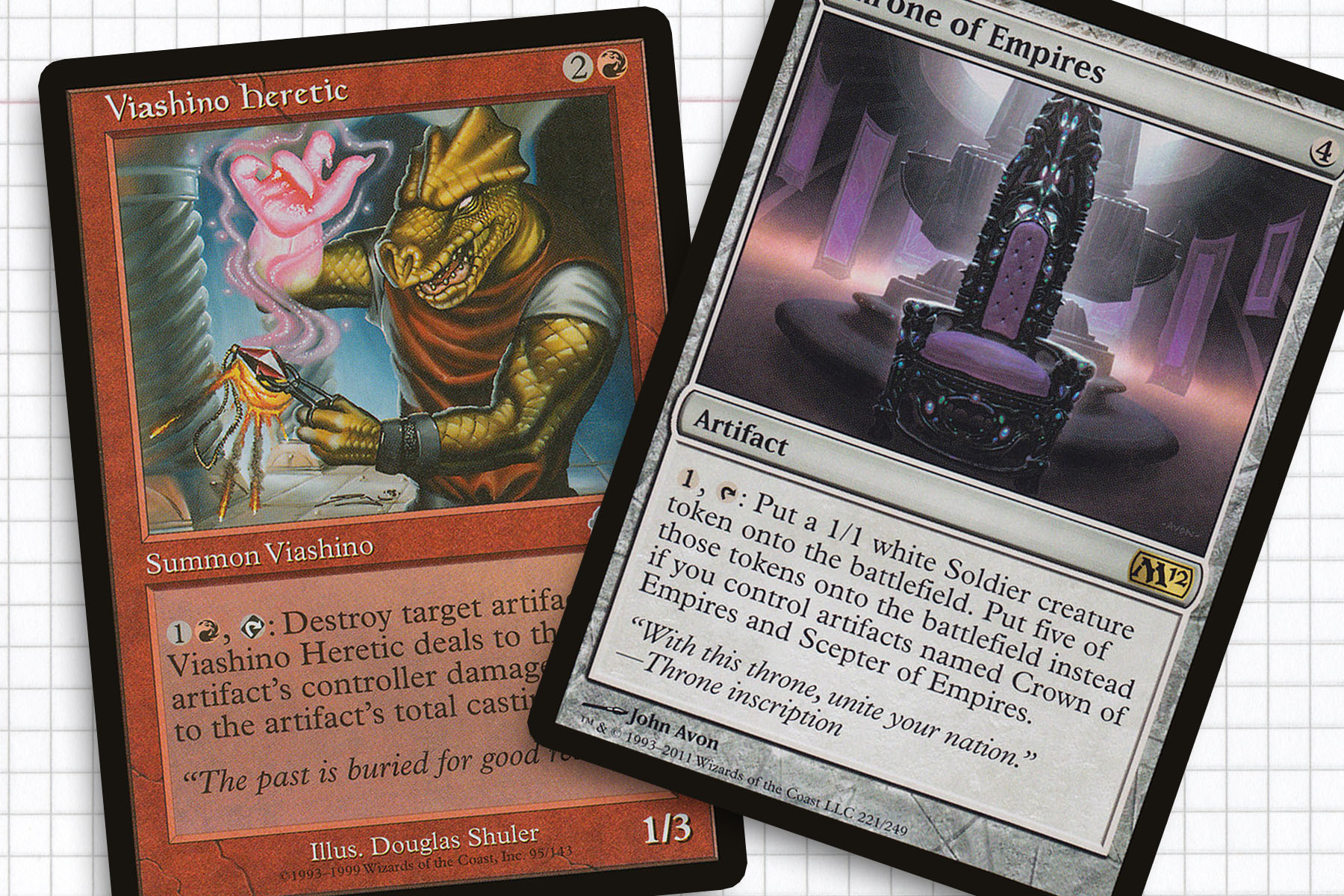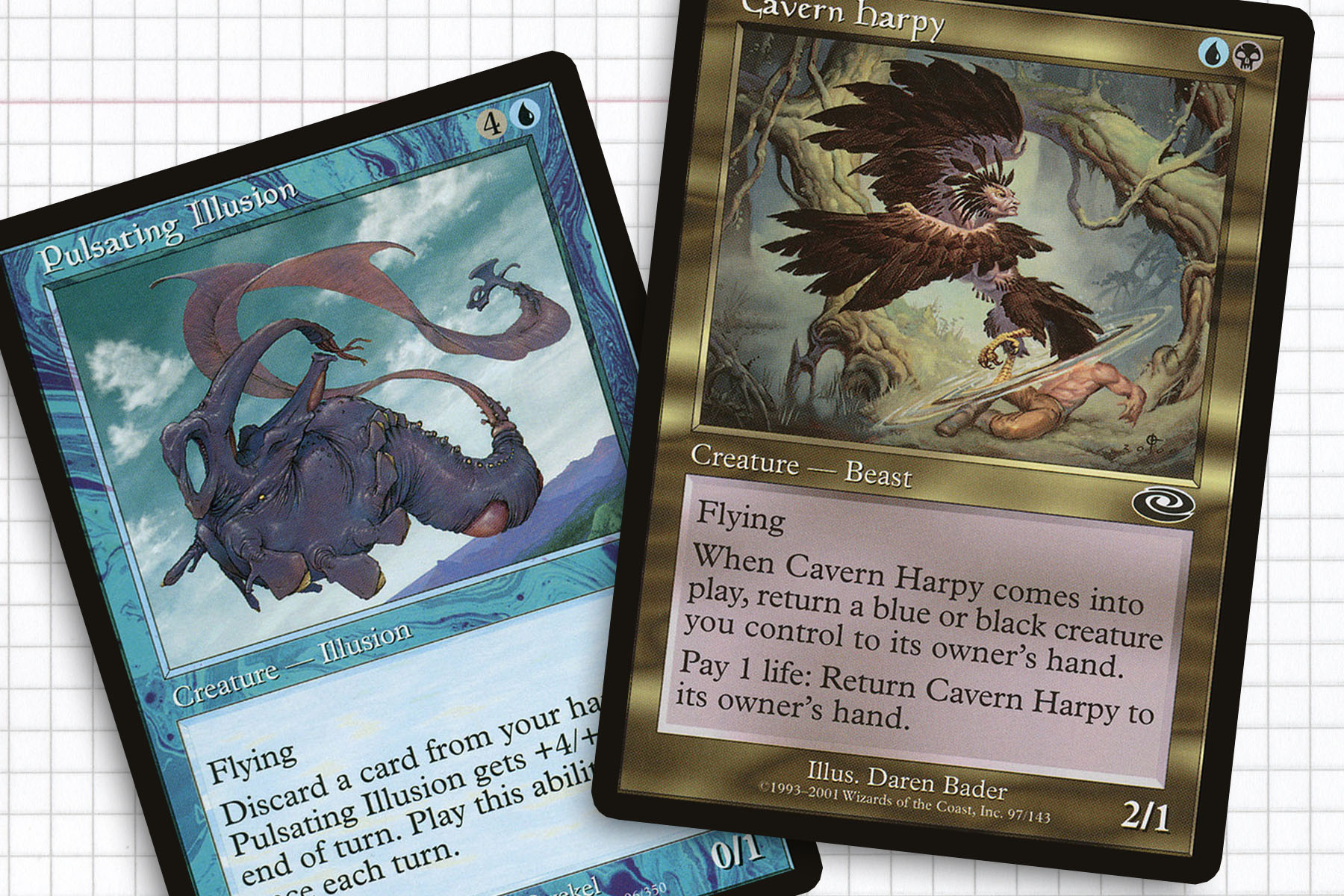I think I wrote this opening six times. Honestly, I’ve lost count. Not because I was trying to hit some emotional beat, be funny or insightful. It’s because I kept getting in my own way. I have been unemployed for just over a month. While I can see the light at the end of the tunnel, the emotional rollercoaster of a job interview—especially when you can’t afford to blow it—has had me battling impostor syndrome multiple times per week.
For the audience members who might not know what impostor syndrome is, I first heard it during Neil Gaiman’s commencement speech at the University of the Arts in Philadelphia from 2012—particularly here—and it stuck with me all these years later. I think the most succinct way to define is from an article on the author’s five types of impostor syndrome:
This psychological phenomenon, known as impostor syndrome, reflects a belief that you’re an inadequate and incompetent failure, despite evidence that indicates you’re skilled and quite successful.
In my case, in just about every job I have been in, I have felt like I was always creeping on the edges of failure and that at any moment someone would send me an email notifying me that they too had figured it out. I think my brand of impostor syndrome is tied to my actual high level of competence or whatever intelligence I might possess. I assume that if I capable of knowing how to design and assemble a 30-foot banner, sell a lawn mower, balance two 1,100 line Excel documents, and still write 1500 words on my thoughts on Ib Halfheart when I get home from work, there must be dozens of people who are better equipped than me to do those things and we need to find them. Its some mix of “ignorance in bliss” and not trusting one’s own competence.
This sense of impostor-ism carries over to my writing as well. As I assemble some of the decks I have written about in the past, I find myself discovering the logical flaws of the proposed deck skeleton I presented at publication. The impostor in me wants to write a public apology and find recommendations of better places for my audience to find “quality writing.” But the rational part of my brain reassures me that it’s not the end of the world. No place has this felt more apparent than my writing on Mairsil, the Pretender from last year, a deck I was excited to build as I was writing the article and the subject of today’s article.

Tragic Arrogance
Sidestepping the melodramatic for a second, I look at this deck in the way that I wrote about it last Fall and it all seems like it came with the best of intentions. The deck was tremendously fun to pilot, but never felt like it was a part of the games that I played it in. When the deck was doing what it was supposed to do, I was winning with one attack step at each opponent once per turn. But when it wasn’t doing what it was supposed to do I just sat at a table, played one spell per turn and nobody understood how my commander worked. This deck went unedited in my normal rotation for a solid nine months, simply because I didn’t care to give it a critical eye.
But then I took with me to GP MInneapolis and saw the deck for what it really was, realizing how absolutely absurd it was that I had bothered to sleeve this deck up. Looking back at my article, I realized that I was trying to be too clever and was essentially playing solitaire until I built a combo. I was doing physical accounting at a table of Commander players. So I did the most logical thing I could think to do. I spread the deck out on a kitchen table and really started to ask myself what I got right and what I got wrong.

The Right and Wrongs
My deckbuilding style hasn’t always blended well with my writing commitments. I don’t have the luxury of being able to commit weeks or months to an idea, and some weeks I have had to compress my research into a very tiny window of time and get to writing frantically soon after. Even in the face of that adversity, my original build has managed to keep just under a third of the nonland cards through all the alterations. That is an achievement, because Mairsil is a complicated general to build around. He asks you to look into a very strange vein of Magic’s history to find the answers to a very open-ended question: what activated abilities will you mix together?
I was correct in assuming that you’d want to be filling your hand and graveyard with targets for Mairsil’s enters-the-battlefield ability. Arcanis the Omnipotent and The Locust God have proven to be the best methods to achieving that. I was right that some untapping was going to be critical to maximizing what I wanted to do, especially Pemmin’s Aura and Freed from the Real, but Aura of Dominion and Pili-Pala displayed holes in the deck. The combination of Trespassing Souleater and Pestilent Souleater made for easy victories once I had all my pieces in place, and the discovery of Blighted Bat made games easier to lock up at a moment’s notice.
Undoubtedly, finding Ventifact Bottle drove my curiosity to take advantage of charge counters in ways they were not intended to be used. At the time, it felt like a really clever path that no one else had put forward. I wanted to see what would happen when Mairsil had the abilities of both the Bottle and Umezawa’s Jitte at the same time. As time went on, Ratchet Bomb, Grindclock, and Coalition Relic proved useful to generate charge counters for our general, but also served a purpose of the battlefield. Perhaps this thought was too clever.
The idea feels so unrealistic now: that I was going to sculpt a situation where I had Titan Forge and/or Lux Cannon caged with Mairsil and then build up three counters. If we are really casting our general on turn four and caging either of those two artifacts, we still need to get him to leave play and come back to cage a charge counter outlet and start tapping Mairsil uninterrupted—when everyone is well aware of what we are doing. Most games of Commander don’t last more than a dozen turns. We have to be more productive with our time.

Identifying Weaknesses
I have iterated many deck changes to find new cards to breathe life into the build. One of my first improvements: Entomb and Final Parting allow for better flow and less dependence on card draw. I also found the infect plan too weak—usually only able to inflict poison in chucks of four—leading me to Pulsating Illusion as a way to both protect Mairsil from damage finish opponents. Prior to my changes, I had little interaction or removal. Thus I added Viashino Heretic and Shauku, Endbringer. But it was threads of my first article that drove the rest of my changes.
In my original conception Yahenni, Undying Partisan and Horror of the Dim were intended to protect my general. While Yahenni was a good thought, Mairsil has proven to be the only creature on the battlefield. But instead of removing Yahenni completely I looked to make cuts and leverage them into better deck economy. Horror of the Dim on the other hand was a good idea that proved to have poor execution.

Redefining the Tools
To better support Yahenni, I wanted to be able to reasonably have another creature in play. This pushed me to Throne of Empires and then Trading Post. Both have excelled in testing—the combo with Mairsil improves their stock over options like Zombie Infestation or Call the Bloodline. This token skew got me onto Pack Rat—maybe the best card in the deck—and Myr Propagator, both doing double duty by making useful tokens or extra copies of Mairsil to circumvent the need to flicker or recast him.
My conception of flickering had proven to be a horrible mismanagement of my time and mana. I was too dependent on using single-use spells, which not only consumed deck space, but my mana and card advantage. What I’ve found is that Ghostly Flicker, Siren’s Ruse, and Displace all look appealing; until you realize that dedicating more than one blue mana to an effect that only gets one use is ineffective and slowed the plan down too much.
Deck economy can be tricky. When I was looking to replace Horror of the Dim, I had to ask myself why it was coming up short. Mana activation was an issue as it meant I couldn’t spend mana somewhere else, but I also was trying to prevent losing Mairsil to another player through something akin to Control Magic. Eventually Cephalid Inkshrouder, Cavern Harpy, and Skywing Aven proved to be the answers I was looking for. Shroud is equal to hexproof in this deck, and manaless bounce was both protection and often close enough to flickering for my needs.
Augmenting this deck has been the Commander highlight of the last few weeks of my life—my unrelenting changes have produced a deck that makes me proud. This process has also helped me understand part of why sometimes I feel like a pretender myself. Whether in writing or deckbuilding, you can’t always get everything right on the first try. And as a writer I feel that I get better by writing, just as I got better as a deckbuilder by playing and deckbuilding. That’s why when I peel away the dramatics I can see all of my accomplishments and all the things that only have seen the light of day because of me.
My time as a graphic designer and my recent trip through college really cemented that: looking back at work done mere weeks earlier and seeing all the flaws isn’t a bad thing. That kind of mindset keeps you improving even if it’s just for yourself. You’re never going to get anywhere in life if all you do is try to race other people when they’re on a completely different track. And I think that might be one of the best ways to overcome impostor syndrome: admitting that you’re not perfect but seeing the accomplishments that you have achieved and that you know you’re good at. Now if only I could take my own advice.
Ryan Sainio is a Graphic Designer who writes about EDH, the story of Magic and the EDH community in his down time. He has been playing Magic: The Gathering since 7th Edition in 2002 and values flavorful and fun gameplay over competitively optimized decks.

